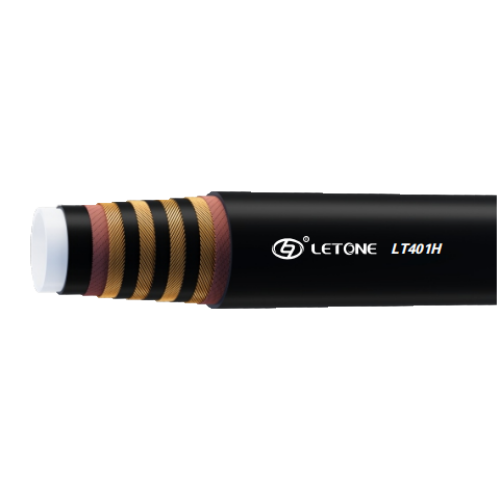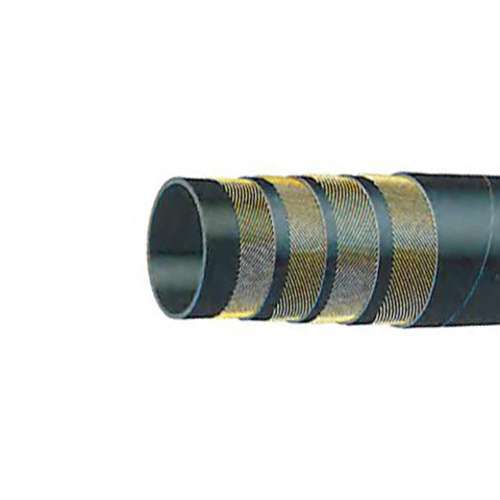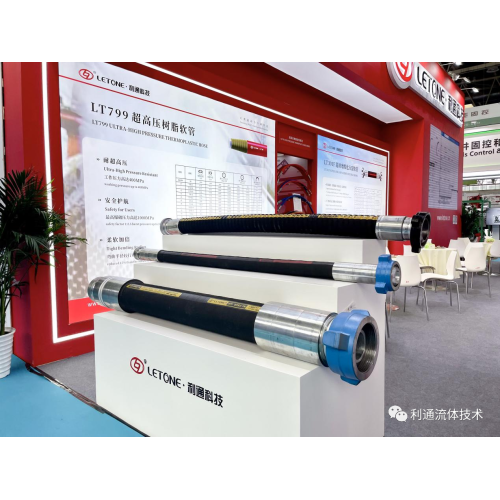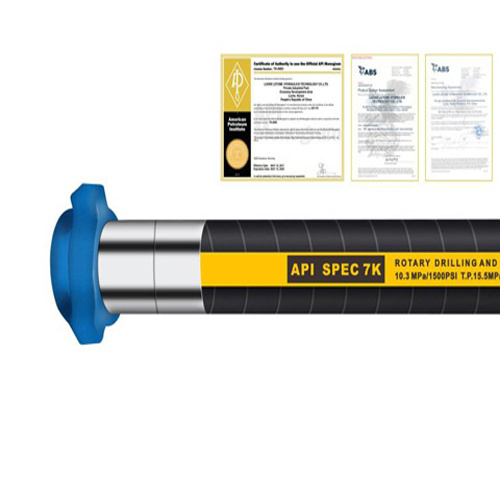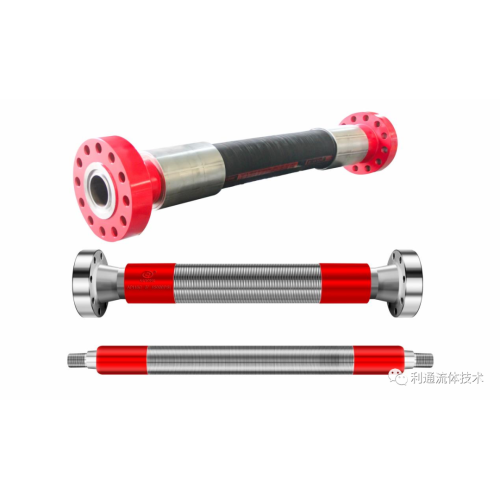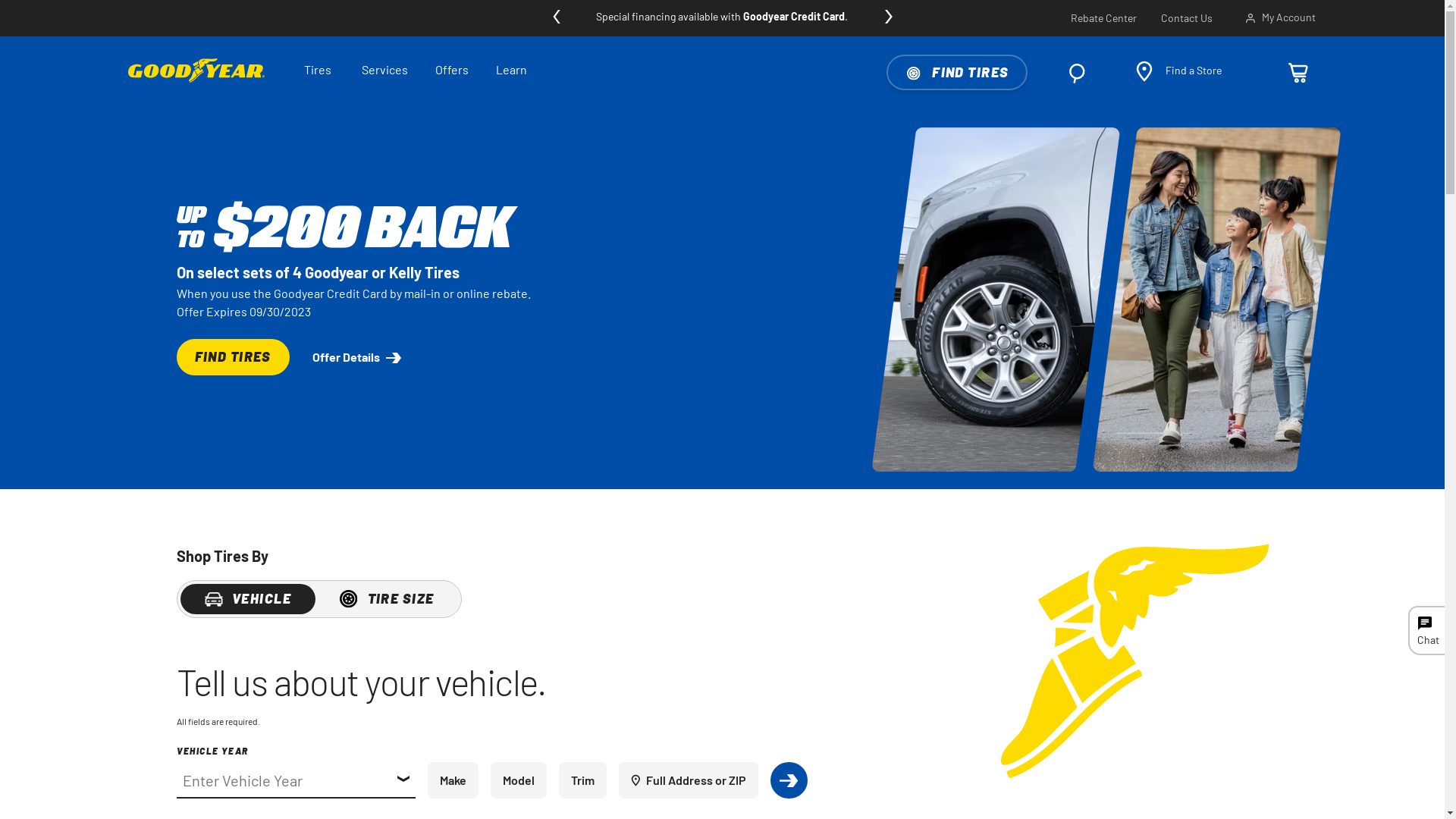Author: Jinan Kim Chong Machinery Manufacturing Co., Ltd. Published: January 20, 2012 Views:
After entering the 21st century, with the development of economy and the increase of demand, higher and higher requirements have been put forward for the logistics industry. Scissor-type hydraulic lifts are increasingly used not only in warehouses, airports, stations, and docks, but also more widely. The application of the automatic production line, which put forward for the scissor hydraulic lift load capacity, speed, start and stop the requirements of stability. The author analyzes this problem and reconstructs the hydraulic system of the traditional scissor hydraulic lifter, achieving very good results. This article makes an analysis, common line of reference.
1
Basic principles of hydraulic system design
Using domestic and foreign advanced technology and successful experience, combined with China's national conditions and the specific use requirements of scissor hydraulic lifts, strive to be simple and applicable, and use as few hydraulic components as possible to achieve the various actions that the scissor lift should have. In this way, the probability of occurrence of failure can be reduced, the energy utilization rate can be improved, and the reliability of the scissor hydraulic lift can be reduced, thereby reducing the production cost.
2. Oil circuit analysis ( electromagnetic valve operation sequence )
The motor is energized. The oil pump sucks oil from the fuel tank. The pump station starts working. The hydraulic oil passes through the electromagnetic relief valve 4 and returns to the tank. At this time, the electromagnetic overflow valve 4 acts as an unloading valve. The pump station realizes no-load starting and continuous operation, avoiding frequent motor operation. start up. When electromagnetic spill valve 4 is energized electromagnet 1 is energized i.e., system pressure exceeds the set pressure of the electromagnetic spill valve 4, the electromagnetic spill valve 4 is opened, the hydraulic oil back to tank through the valve, this time the electromagnetic spill valve 4 from the role of safety valve. The setting value of electromagnetic relief valve is generally 1 10 % of the system working pressure . The entire operation of the scissor hydraulic lift: low position Slow rise Fast rise Slow rise High position Slow down Falling Slow down Low position
(1) Oil path on the oil tank
The slow-rising electromagnetic reversing valve 12 and the electromagnetic spill valve 4 are energized, that is, the electromagnet 4 and the electromagnet 1 are energized. The pump station supplies fuel to the rodless chamber of the cylinder, and the other chamber of the cylinder returns oil. The upstream speed of the cylinder is controlled by the stroke deceleration valve 5 , and the uniform acceleration movement is approximated, while the accumulator 6 stores energy. The fast-rising electromagnet 4 and the electromagnet 1 are still energized. The pump station supplies fuel to the rodless chamber of the cylinder, and the other chamber of the cylinder returns oil. However, the accumulator 6 supplies oil to the rodless chamber of the cylinder at the same time, and the upward speed of the cylinder can be doubled. The throttle valve 7 is controlled, and the upward speed of the cylinder can reach 13 times the slow speed . The slow-rising electromagnetic reversing valve 12 , the electromagnetic reversing valve 11 and the electromagnetic relief valve 4 are energized, that is, the electromagnet 4 , the electromagnet 2 and the electromagnet 1 are energized, and the pump station supplies oil to the rodless chamber of the fuel cylinder, and the cylinder has a rod cavity To return oil, the upstream speed of the cylinder is controlled by the double-way throttle valve 8 , and the upstream speed is generally 1 / 3 - 1 / 2 of the fast speed .
(2) The oil path under the fuel tank
The slow-down electromagnetic reversing valve 12 , the electromagnetic reversing valve 11 and the electromagnetic relief valve 4 are energized, that is, the electromagnet 5 , the electromagnet 3 and the electromagnet 1 are energized, and the pumping station supplies a rod cavity to the fuel supply, and the rodless cavity of the fuel cylinder oil return cylinder speed downlink dual throttle valve 8 is controlled by a one-way, downward speed is generally fast speed drop weight 1/3 1/2. The accumulator 6 stores energy during the slow-down process, and the back pressure valve 10 connected in series on the return oil road ensures that the back-pressure chamber has a certain back pressure, so that the hydraulic elevator does not fall due to its own weight, thereby ensuring the smooth operation of the hydraulic elevator.
Quickly drop electromagnetic valve l2 and electromagnetic relief valve 4 is energized, that is, the electromagnet 5 and the electromagnet 1 get electricity, the pump station has a rod cavity oil supply to the cylinder, the cylinder rod cavity cavity back to the oil, the cylinder down speed from the double one-way Throttle valve 7 control. The accumulator 6 releases energy and supplies oil to the rod cavity of the oil cylinder so as to ensure that the oil supply of the upper cavity of the oil cylinder is not insufficient due to the rapid drop of the oil cylinder, thereby achieving the purpose of smooth operation of the oil cylinder.
The slow-down solenoid valve 12 and the electromagnetic relief valve 4 are energized, that is, the electromagnet 5 and the electromagnet 1 are energized. The pump station supplies the rod cavity with oil to the cylinder, the cylinder does not return to the rod cavity, and the down speed of the cylinder is determined by the stroke deceleration valve. 5 control. The stroke deceleration valve 5 is designed to ensure that the hydraulic elevator decelerates before the end of the stroke to mitigate the impact.
2 . 3 buffer loop analysis
The scissor hydraulic lift adopts the buffer circuit of the travel deceleration valve in the low position, so that the hydraulic lift slowly accelerates at the low position and slows down at the low position to achieve the effect that the hydraulic lift runs smoothly and moderately. In combination with the use of accumulators, the system pressure is not increased due to the throttling action of the travel deceleration valve in the low-speed and slow operation, and the system is easy to generate heat; in the process of rapid operation, the accumulator functions as a hydraulic source. The hydraulic elevator runs quickly, reducing the impact.
The stroke deceleration valve belongs to the motor type valve, and the internal leakage is relatively large, so it is not suitable for the circuit that needs to maintain the pressure. Therefore, the buffer circuit of the stroke deceleration valve cannot be used at the high position. Imported throttling speed control circuit is easy to make the system heat, and the processing valve block is more difficult, the cost is relatively high, so in the high position of the system uses bypass throttle throttling circuit.
3
Application effect
The hydraulic pressure system has been used many times on large-scale heavy-duty trucks and hydraulic scissor lifts with a speed of 6 m / min or more. The effect is very good. The rise and fall shocks are relatively small. The hydraulic system is not easy to generate heat and the failure rate is low. . Original address /news/View_118.html

